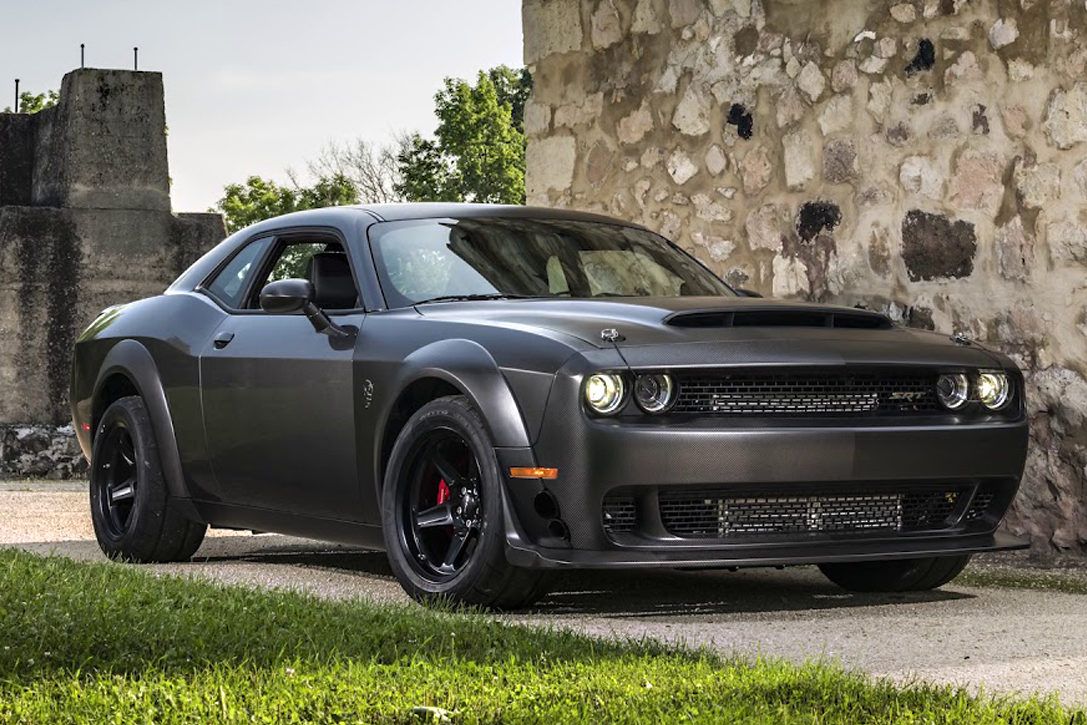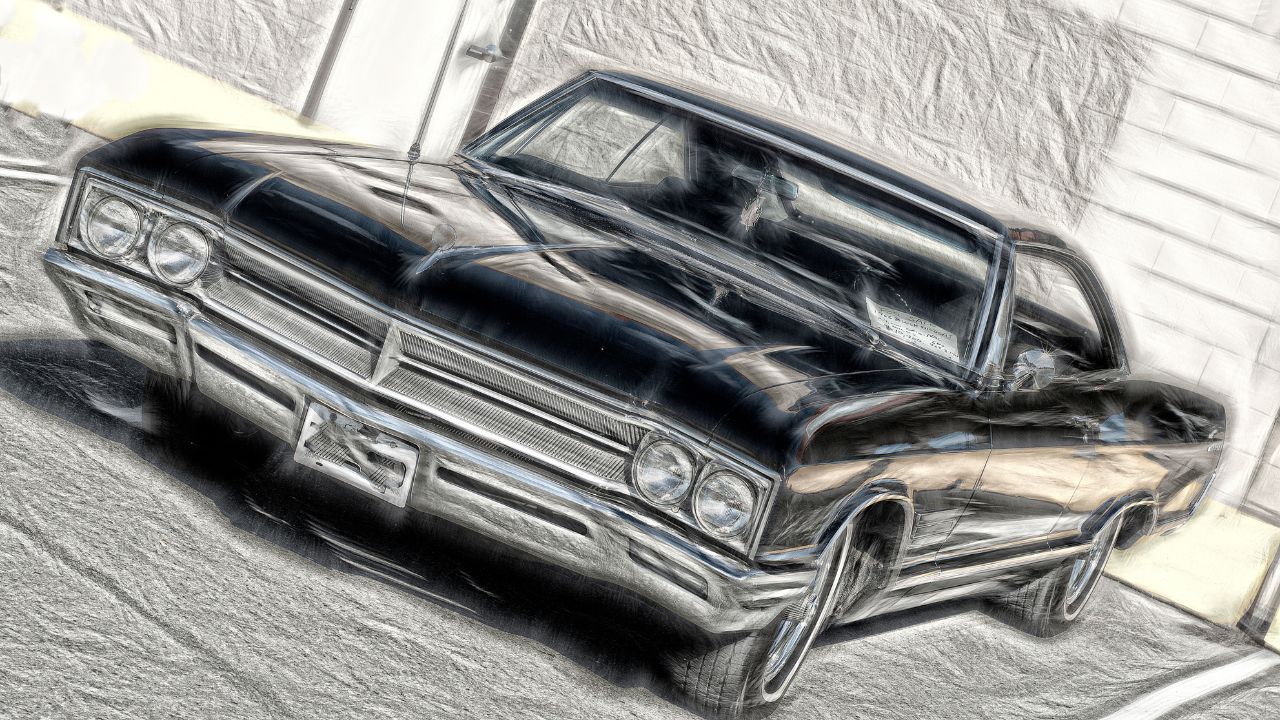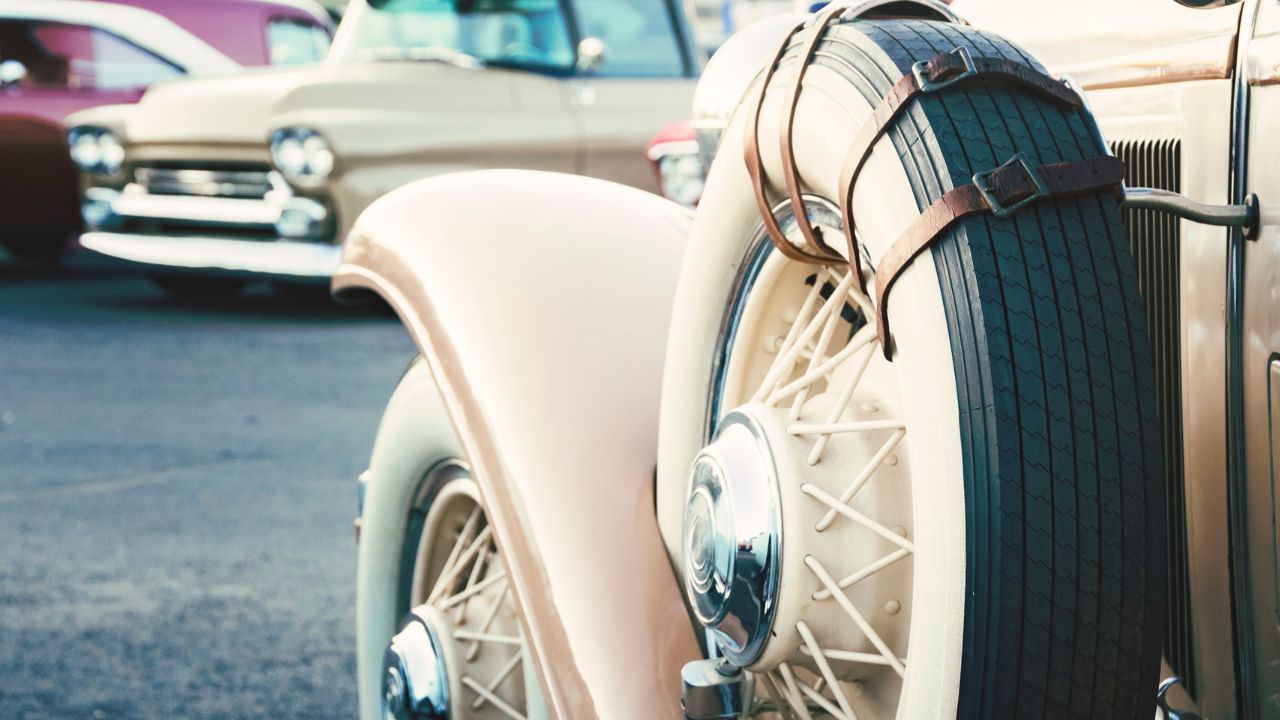
There are many types and models of police cars in use since the 1990s. This article is about the Ford Crown Victoria Police Interceptor and Dodge Diplomat. It also includes information about the Plymouth Gran Fury and Camaro. Each car is unique and has its own qualities that make them excellent police cars. Camaro seems to be the most distinctive among them all.
Ford Crown Victoria Police Interceptor
Ford Crown Victoria Police Interceptor, a mid-size police car, was built on a frame-on-body platform. It was a popular choice among taxi companies, law enforcement agencies, and fleet buyers. The body-on-frame design made it easy to repair. However, there are some drawbacks to the vehicle. Here are some of the drawbacks. This vehicle may not be the ideal choice for you.
The police vehicle was built with a stab-resistant steel plate in the backseat to prevent stabs from suspects in the rear seat. For added safety, the police vehicle has a break in the bench seat. It comes with a column mounted shifter for simplicity of use. It is equipped with an all-wheel-drive powertrain. The vehicle comes standard with larger brake rotors as well as an advanced ABS cooling and ABS system.

Dodge Diplomat
The 1988-1990 Dodge Diplomat Police car was a stylish, reliable machine which made it the ideal vehicle for fleet use. The car featured a 318ci V8 engine with roller valve lifters, rated at 140 horsepower. The Lean Burn ignition system was still used in 1988. However, it had gotten rid of its problems. The car was featured in many movies and television shows of the 1980s.
The Dodge Diplomat is the only intermediate Dodge model. It was the second-best selling vehicle of 1977. A padded knee blocker was also included on the dashboard of the Diplomat. The Diplomat was topped with a top made of black vinyl. Police fleets also liked the Diplomat for its reliability and affordability. It didn't last very long, and in 1990 the Dodge Dynasty replaced it.
Plymouth Gran Fury
1989 Plymouth Gran Fury Police Car was one of the last full-size R body police cars made by Mopar. It features a 318 ci V8 engine and a TorqueFlite automatic transmission. It has 67,000 miles and was modified with a police package. The original intention of the burgundy paint was to make it suitable for display in a New Jersey Museum. The 1990 Gran Fury is a police car with a limited production run.
Gran Fury's hardtop and pillared design are the first ever of their kind. The original 1970 model was a pillared coupe. Later, the body was modified with a two door hardtop in 1971. The following year, a hardtop sedan was added to the lineup, and was renamed the Fury Gran Sedan. While only a few Furys saw use by police departments in 1970s, this model was a big success for the company.

Camaro
The Boones Mill, Virginia, police department ordered a 1990 Chevrolet Camaro on the first day of production, when the B4C package was available. The car was powered by a 5.7 liter V8 engine with an automatic transmission. The drivetrain has 73,000 miles. The B4C Package adds 16 inch aluminum wheels, an oil cooler, and disc brakes to all four corners. The seller hopes to sell it for $20,000, which would make the car an attractive investment.
Although the GM Camaro had been a success, it was not a reliable police vehicle. The Chevrolet B4C was found to be far more superior by the police force. The Corvette-inspired V8 engine of 5.7-liters was used to power the car, which could travel up to 150 mph. This car was loved by state troopers. It had more horsepower, as well as being faster.
FAQ
Is it worth becoming a mechanic?
The answer to this question depends on what you want from life if you are looking for money, then yes, but if you're looking for meaning and purpose, then no.
It's not worth learning mechanics if you don’t have the skills. You'll waste your time. It's not going make you millionaire. It won't make your name famous. It is unlikely that you will be made famous.
You'd need to spend years learning how everything works. This would mean that you would have to pay someone else for your car's repair. That's why most people don't bother doing it at all. They find something else to do.
You can make a lot of money if you are looking to do well. You can't live a meaningful existence if your goal is to make a living in the mechanic's business.
How do I fix my vehicle as a hobby?
Take up a hobby in car repair if you have an interest. You could learn how to repair them, buy parts for them, sell them or just enjoy them. If you are looking for something new, this would be a great hobby.
However, it's not easy to turn this into a full-time career. It takes dedication and hardwork. And you'll need to invest a lot of money too.
So unless you have a good reason for wanting to get involved with cars, then it might be best to leave it alone.
What qualifications do I need to become a mechanic?
You will need to pass several exams in order to become a mechanic. These include:
-
A test of general knowledge
-
Practical exam
-
An apprenticeship test
These tests are meant to help you grasp the fundamentals of mechanical engineering and physics, before you begin your journey as a mechanic.
Once you've passed these tests, you'll be eligible to work as a mechanic. However, you'll still need to complete an apprenticeship. This will require you to learn the trade.
To be able to repair vehicles, you'll need classes or workshops. Working alongside skilled mechanics is also a must.
If you want to be a successful mechanic, it will take concentration and attention to detail. Repairs to vehicles require you to pay attention to every detail.
To become a good mechanic, you need patience and persistence. This may not be the career path that you want if you aren't able to follow directions.
You could make a great career out of your love for cars and the work that goes into fixing them.
How can I prepare for a apprenticeship as a mechanic?
It is vital to be able to comprehend what you are doing. You should be familiar with the mechanics of cars, and how they work. This will make it easy to find the right place to start your first day in the garage.
It is also important to be able to fix small problems like broken lights or tires.
This should help you learn how to diagnose issues and repair them yourself.
To put the pieces back together, you will also need to understand how they fit together.
Finally, you should be able use tools safely.
These are all things that will make you a competent mechanic.
Statistics
- Apprentice mechanics earn significantly less hourly than mechanics who have completed training, with a median wage of approximately $14.50 an hour, according to PayScale. (jobhero.com)
- There were 749,900 jobs available for automotive service technicians and mechanics in 2016, which is expected to grow by six percent through 2026. (jobhero.com)
- The U.S. Bureau of Labor Statistics (BLS) reports that the job outlook for automotive service technicians and mechanics is expected to decline by 4% from 2019 to 2029. (indeed.com)
External Links
How To
How to properly diagnose your car for repair
First, look at the symptoms of your car to determine if it needs repair. You can then follow these steps for a proper diagnosis of your vehicle.
-
Check engine lights. The dashboard light indicators, including the engine light, oil pressure gauge, battery light indicator, coolant temperature gauge and RPM gauge, should be checked. If any of them have been flashing for several days, it may mean something is wrong with your vehicle.
-
Inspect the tire treads. Tires that are worn can cause issues with handling and braking. The treads of the wheels should be inspected as well. They should look clean and be smooth. The best way to do this is to remove the wheels and take them off. Check the tread condition with a flashlight.
-
Check the level of brake fluid. Keep track of the brake fluid level in your vehicle. This helps ensure that your brakes operate properly. Low brake fluid levels can cause brake failure when you apply pressure.
-
Make sure to test the suspension system. It is common for vehicles to have a suspension system which absorbs shocks or vibrations. It provides better control and allows smoother acceleration and deceleration. If your vehicle has a suspension problem, it might feel wobbly or shake uncontrollably. To determine whether your vehicle may have a suspension issue, you can try to put weight on the rear or front axle and watch the movement.
-
Examine the steering column. Steering columns connect the steering wheels to other parts of the vehicle. The steering column can often be damaged by an accident. Replace it if your steering column feels loose or unsteady.
-
Pay close attention to the exhaust tube. Exhaust pipes help move gases from the combustion chamber to the atmosphere. If the exhaust pipe is damaged or leaks, harmful fumes can enter your cabin. Additionally, your tailpipe should be fixed immediately if it is bent.
-
Look under your hood. If you see anything unusual, take a look under the hood. There could be fluid leaking from your engine. A professional technician should be contacted if your engine compartment emits an unusual smell.
-
Make sure to check the air filter. The air filter in your vehicle collects dirt and dust from the environment. A dirty air filter causes your vehicle to run poorly. Replace your air filter regularly.
-
Check the fan belt. Your vehicle's fanbel connects the engine and transmission. If it breaks, the engine won't turn over. It is easy to replace the belt. All you need are a screwdriver & pliers.
-
The radiator hose and hoses should be checked. The radiator hose transports water from radiator to engine. It can cause hot liquid to leak onto the engine if it is damaged or cracked. You only need a pair of needle-nose pliers and a small wire brush to repair the hose.
-
Check the windshield wipers. Windshield wipers use electricity to clean away snow and rain. They can leave streaks on your windows glass if they stop working. You can fix the problem by changing the washer fluid.
-
The battery cables should be checked. The battery cables supply power to your car's electrical systems. If you are replacing batteries, disconnect the negative cord first. Failure to do so can damage your alternator.
-
Check the headlights. Headlights are used to illuminate the road ahead. If they don't work properly, it can cause poor visibility. Check the bulbs to see if they've burned out.
-
Make sure you have your lights on. If you approach other drivers at night, lights will warn them. It could cause distraction and even lead to an accident if it doesn't work.
-
You should inspect your brakes. Brakes slow down your vehicle before a collision. If they aren't working correctly, you could lose control of your car and crash.
-
Make sure to change the oil. The oil keeps your engine well lubricated. It helps keep metal parts from getting too worn down. Changing the oil every month is recommended.